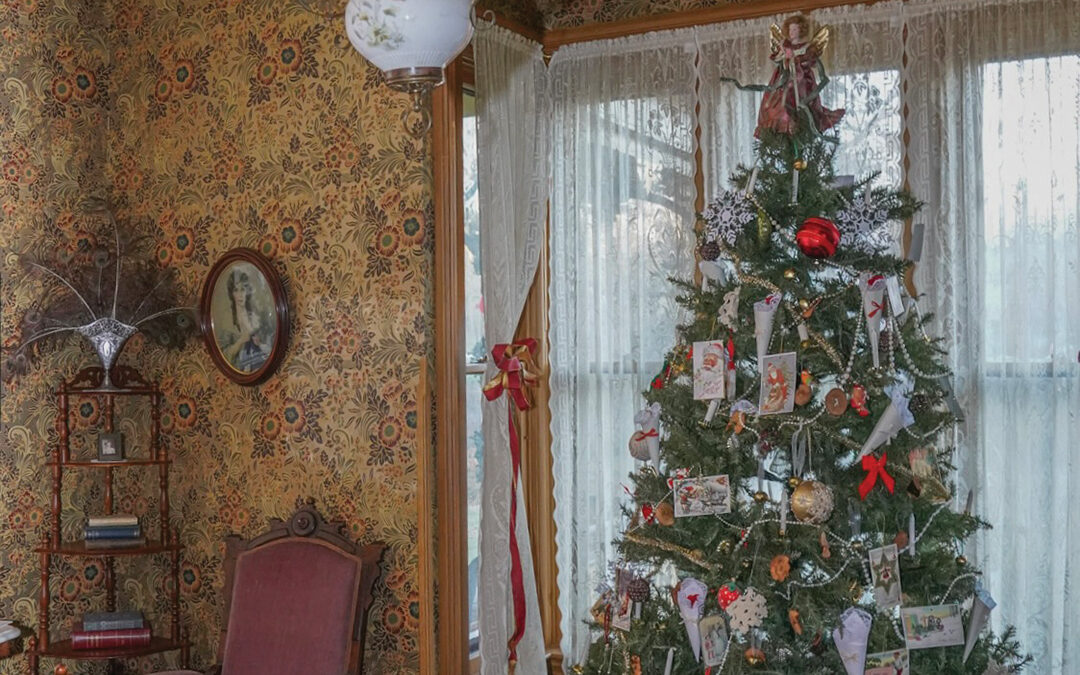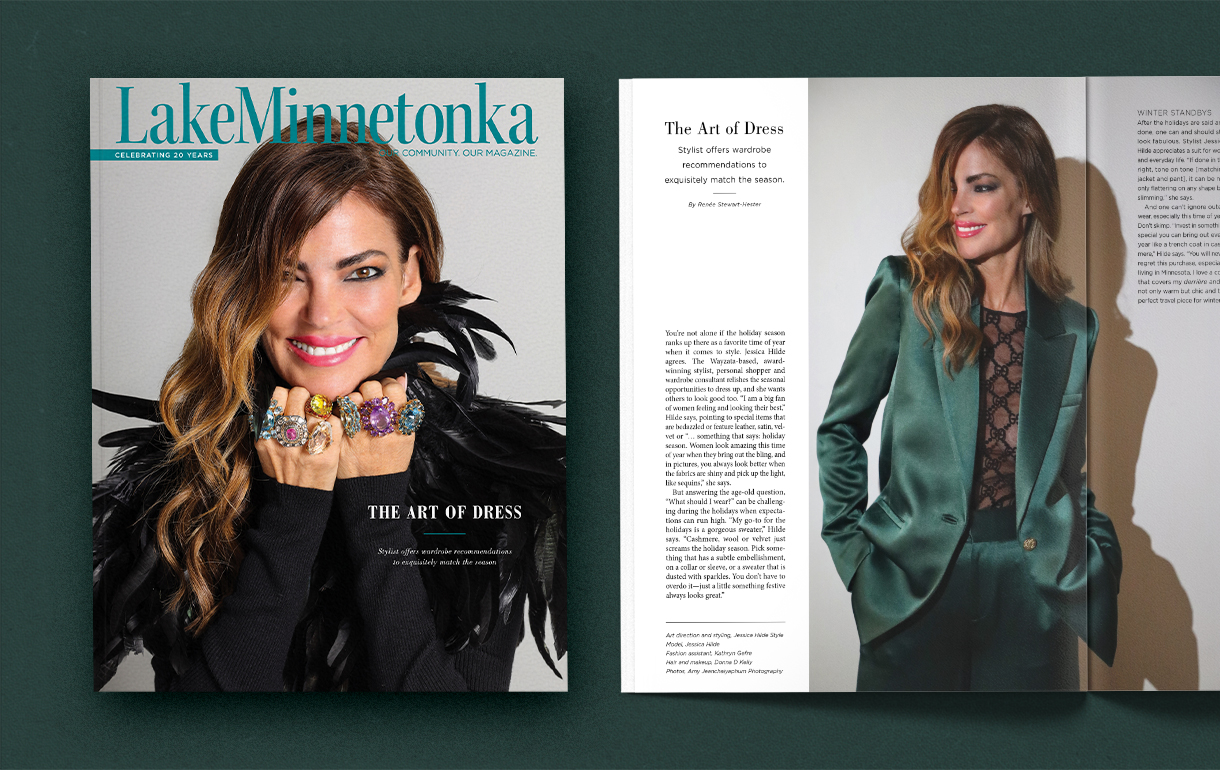As every Minnesotan child knows, helicopter seeds are great flyers – but did you know you can eat them?
In April, if you look carefully amidst the leaf litter, you may see the previous year’s maple seeds sprouting, sending out a single rootlet and then a pair of leaves. But high overhead, this year’s maple flowers are busy producing new seeds. By June the trees will start launching their fleets of flying seeds. As every Minnesotan child knows, these helicopter seeds are great flyers and can travel a good distance on a breeze. The seeds, which appear in pairs from a single maple flower, are more accurately known as samaras. Native sugar and red maple samaras orient their seeds parallel to each other, like wings at rest. The invasive Norway maple produces saramas with seeds oriented in a single horizontal line, like wings in flight. Last year I discovered what every squirrel knows — the green seed inside the papery wing is edible, either raw or cooked like edamame (well, maybe the squirrels don’t know about the cooking part). The seeds are quite small, and time consuming to peel, but given that a single hectare of maple forest can produce a million seeds, and that a single maple can live up to 400 years, the maples provide the squirrels a staggeringly abundant feast. Not every year produces a bumper crop, but during a heavy seed producing year, maple trees may look deceptively unhealthy as the seeds draw energy away from leaf production. Not to worry; this is just a feast in the making.
Anne Marie Ruff Grewal is a writer, editor and environmentalist whose second novel is Beneath the Same Heaven—a story of love and terrorism.























